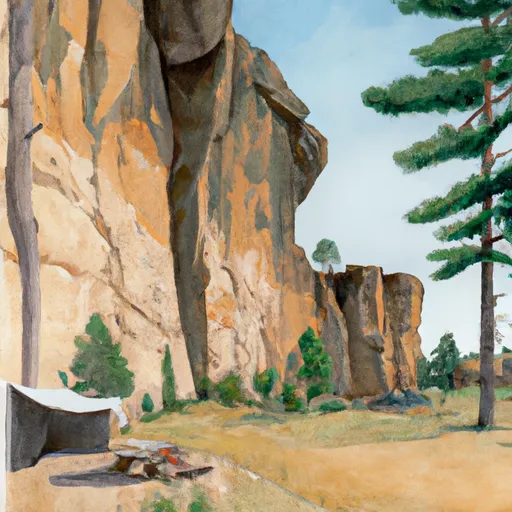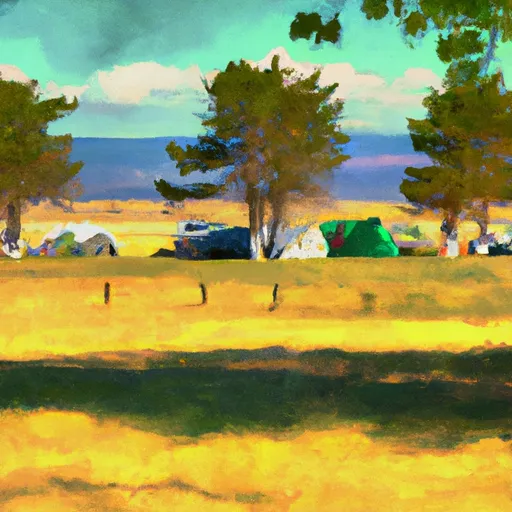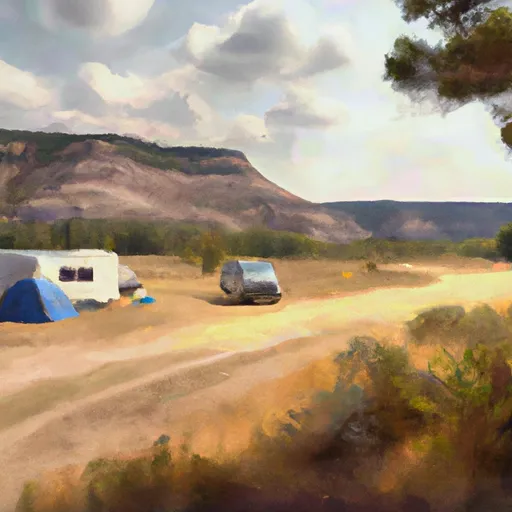Summary
Standing tall at an elevation of over 14,000 feet, it offers breathtaking views of the surrounding landscape. This majestic mountain attracts mountaineers from around the world who are eager to conquer its challenging slopes and experience its awe-inspiring beauty.
During the winter season, Elephant Mountain is often covered in a thick snowpack, creating ideal conditions for winter sports enthusiasts. The snowpack in this area can range from 4 to 6 feet, providing excellent opportunities for skiing and snowboarding. Adventurers should be prepared for potentially hazardous conditions, as winter storms and avalanches can occur in this region.
Elephant Mountain is known for its significant runoff, which feeds into several creeks and rivers in the vicinity. These water sources, including the nearby Snake River and Gros Ventre River, benefit from the mountain's snowmelt and provide important resources for the surrounding ecosystem.
The name "Elephant Mountain" has an intriguing history, with no concrete evidence as to its origin. Some theories suggest that early explorers named it due to the mountain's resemblance to an elephant from certain angles, while others believe it may have been named after a legendary elephant that roamed the area in ancient times. Regardless of its origins, Elephant Mountain continues to captivate adventurers and nature enthusiasts with its grandeur and mystique.
Weather Forecast
Regional Streamflow Levels
1,160
Cubic Feet Per Second
195
Cubic Feet Per Second
107
Cubic Feet Per Second
733
Cubic Feet Per Second
Area Campgrounds
| Location | Reservations | Toilets |
|---|---|---|
 Window Rock Cabin
Window Rock Cabin
|
||
 Chisholm Campground
Chisholm Campground
|
||
 Chisholm
Chisholm
|
||
 Hood Creek Group Campground / Picnic Area
Hood Creek Group Campground / Picnic Area
|
||
 Maxey Cabin
Maxey Cabin
|
||
 Hood Creek Campground
Hood Creek Campground
|
